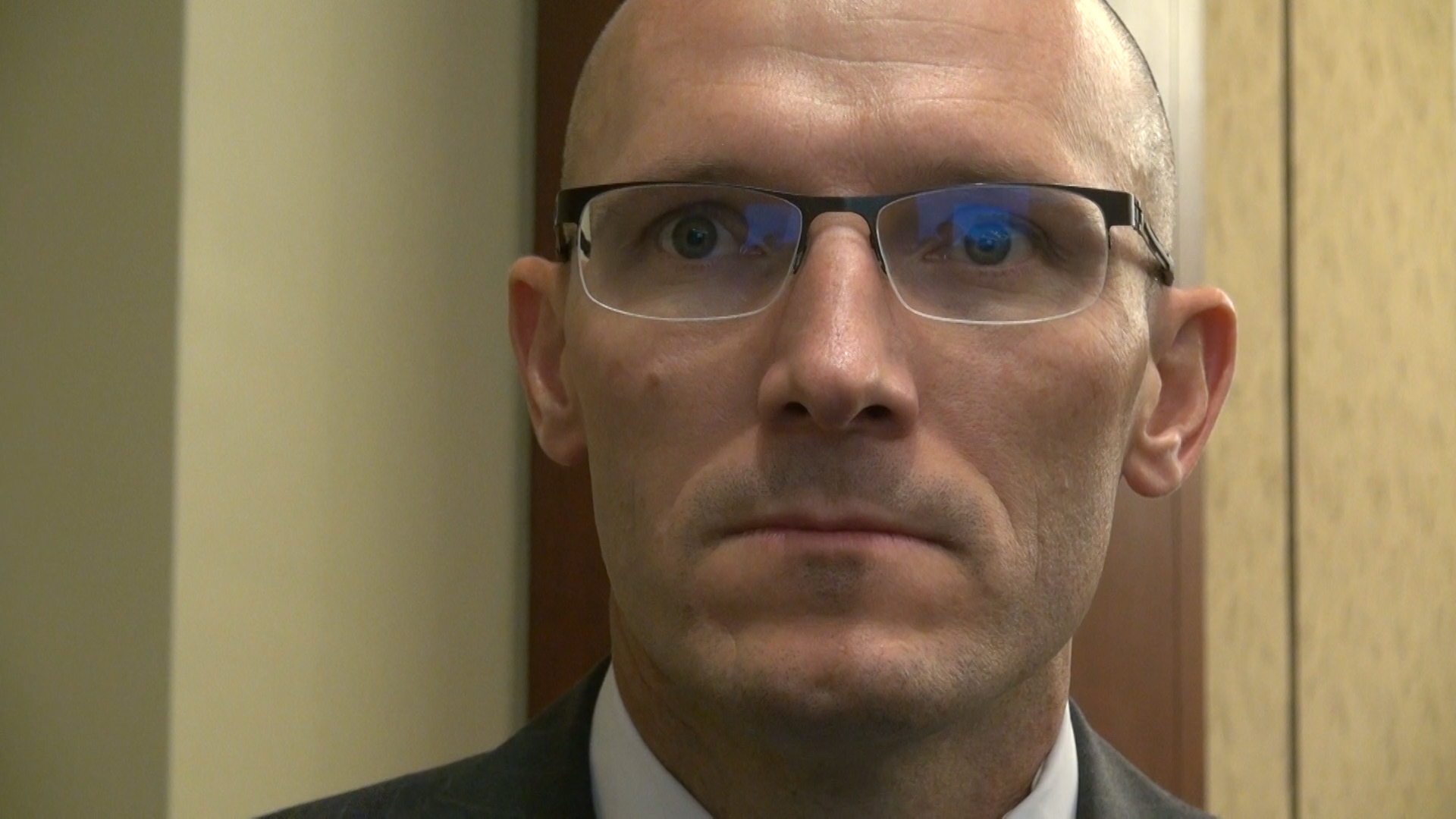Dr. Bruce Ribner, named “America’s top Ebola doctor” by Time Magazine, warned policy makers in Congress Tuesday that the Ebola scourge of 2014 and outbreaks of other diseases remain a clear and present danger.
Ribner, speaking on behalf of the Association of American Medical Colleges, also said he wants the public to remember how Ebola was safely contained in the U.S., and how doomsday predictions did not come to fruition.
“We proved that we could care for patients with the Ebola virus disease and not get sick,” he said.
Eleven cases of Ebola were reported in the U.S. — and only one person, a 45-year-old Nigerian man named Thomas Eric Duncan, died. Two nurses who directly treated Duncan became infected, but were treated and recovered at facilities in Dallas and Atlanta.
During a presentation in the Capitol Visitors Center, Ribner reminded Congress that the battle is not over. “There will be another infectious disease outbreak,” he said, “and it’s probably going to be with an agent that I don’t have on my [projection] slide.”
The Centers for Disease Control reported more than 11,000 deaths due to the Ebola worldwide during the recent outbreak. The virus, which is transmitted by bodily fluids, originated in West Africa. Many patients are still being treated, but overall the spread of Ebola has been contained.
Ribner, head of the infectious disease unit at Emory University Hospital, was accompanied by the institution’s CEO, Dr. Bryce Gartland. He said that important developments in the fight against Ebola are nearing completion.
Gartland said that vaccines are being processed much faster in what is now a 12-month trial period, “which is tremendously different than had historically occurred with things like vaccine development.”
The World Health Organization has disclosed that several Ebola vaccines could be ready for licensing by the end of this year. Trial vaccines for use Guinea and Sierra Leone – two West African nations deeply affected by Ebola — are being tested and appear to be tolerable for humans.
Emory Hospital in Atlanta, the first U.S. hospital offering Ebola treatment capabilities, was in the news last year when the CDC turned to Ribner’s unit after the disease hit. Critics questioned whether the U.S. was prepared to respond to the first cases in this country.
Some Americans worried about the nation’s response to the deadly disease, a fear stoked by media reports and politicians’ statements. Even Dr. Darrel Kirch, president of the medical colleges association, was caught up in alarm.
“In those early days of the Ebola crisis,” Kirch said in a statement. “I shared the fear that the first two patients who arrived in our country were only the beginning of a massive influx of Ebola patients, and that this crisis could spread to our health care workers and the general population.”
“Advanced supportive care when caring for an Ebola patient means monitoring the electrolytes or salts in their blood and making sure they stay within their normal range,” Dr. Marshall Lyon of Emory Hospital said in an educational web video.
The medical colleges association has created a national network to coordinate action when potential crises arise. And since 2014, the number of Ebola centers in the U.S. has expanded to 55.
On Tuesday, Ribner recalled the angst in the media when Emory announced it would care for two patients infected with Ebola. Critical politicians were “saying we were ‘introducing the plague’ to the United States,” he said.
Now that this current pandemic has calmed down, the medical colleges says it is essential to maintain funding and education to better respond to the next pandemic.


